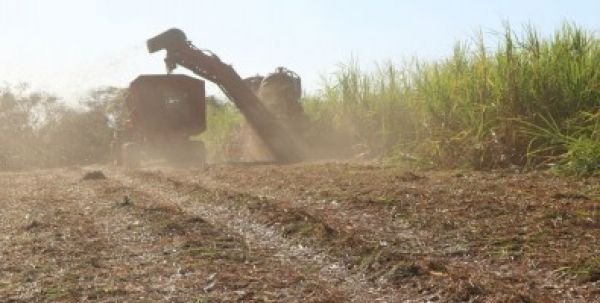Brazilian researchers calculated the amount of nutrients in sugarcane leaves, which are normally left on the ground after harvest, and the equivalent in fertilizer required to maintain crop yield if the straw is removed.
The use of sugarcane leaves, known as trash or straw, to produce electricity and second-generation (2G) ethanol has been advocated as a means of increasing bioenergy generation without expanding cropland acreage. However, a study conducted in Brazil and published in the journal BioEnergy Research shows that removing straw instead of leaving it on the ground after the harvest could double the amount of fertilizer required by Brazilian sugarcane plantations by 2050.
The warning comes from researchers affiliated with the University of São Paulo’s Luiz de Queiroz College of Agriculture (ESALQ-USP) and the National Biorenewables Laboratory (LNBR) at the National Energy and Materials Research Center (CNPEM) in Campinas, São Paulo State, who carried out the study with support from FAPESP and the Technological Fund (FUNTEC) managed by BNDES, the national development bank.
Sugarcane harvesters cut the stalks at the base, strip off the leaves and chop the stalks into segments. The stalks are taken away for processing to make sugar and ethanol. The leaves are ejected and left on the ground, eventually drying out to form a thick layer of straw. This biomass is rich in nutrients and contributes to soil fertilization, the authors of the study stress.
For the first time, they calculated the amount of nutrients retained by sugarcane straw and the amount of fertilizer that would be required without the straw layer.
Continue reading at Agencia FAPESP
Image via Agencia FAPESP




